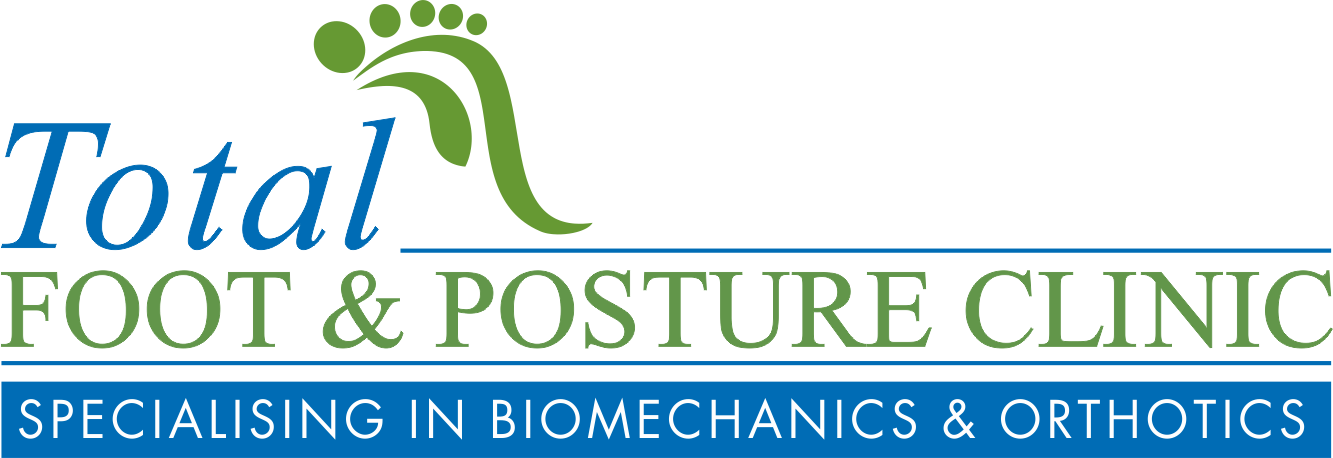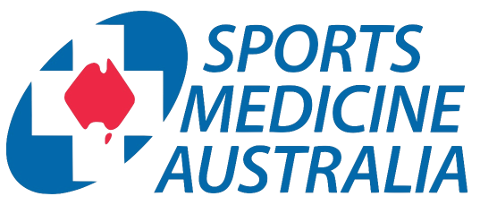The Biomechanical Assessment
When it comes to flat feet, heel pain and knee pain, it is more than likely that the alignment of the feet is the underlying cause of the problem. Thoroughly assessing all areas of the lower region of the body is important in order to understand how the body functions when walking in an upright position - as the way feet strike the ground can cause problems all the way up the body.
At Total Foot and Posture, our podiatrists are trained professionals with years of experience performing thorough biomechanical assessments. A Total Foot and Posture biomechanical assessment includes assessment of alignment, stability, joints, muscles, bone structure and identification of problems in the back, hips, knees and feet. It also involves assessment of gait and studying plantar foot pressures to identify areas where too much pressure is being forced and areas with least pressures. Our podiatrist will conduct the assessment with your bare feet on the treatment table, floor and on a treadmill and will use this information to prescribe custom orthotics to treat the particular condition.
Why perform a Biomechanical Assessment & It's Importance?
You may be wondering why a podiatrist would perform an assessment that aims to identify issues in the body as a whole. Well, your feet are the foundation of your body and carry your weight every single day - so if the alignment of the feet is problematic (flat feet, high arches, excess pronation, etc.) this will often lead to an imbalance of pressure throughout the body. When this happens, your knees, hips and spine will over compensate for the lack of balance that normally is provided by the feet. This can then cause joint problems, muscle and soft tissue strain and ligament tears. This is why biomechanical assessments assess the entire body and not just the feet so the podiatrist can identify over stressed areas and formulate a treatment plan that will balance the body through the feet and redistribute pressure evenly over the entire biomechanical structure of the body.
When is a Biomechanical Assessment recommended?
If you/child suspect or notice any of the following anomalies this assessment is recommended:
What Happens after the Biomechanical Assessment?
Once our Podiatrist analyses the information from the biomechanical assessment, he will then prescribe a treatment plan to treat the diagnosed condition. Treatment typically involves the prescription of custom made orthotics, soft tissue therapy and stretching/strengthening regimens.
| Address: 309 / 33 Lexington Drive, Bella Vista NSW, 2153 |
| Phone: 0410 233 645 |
| Fax: 02 9791 5740 |


